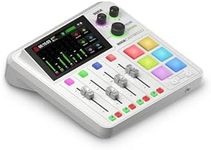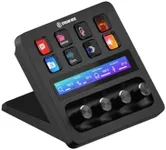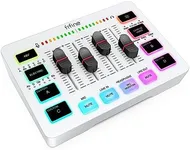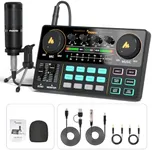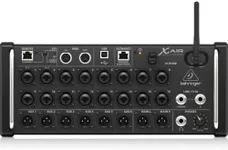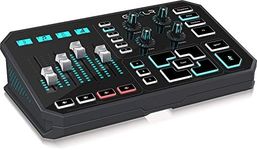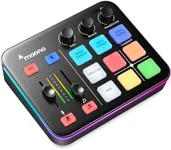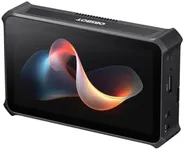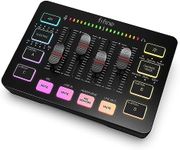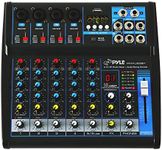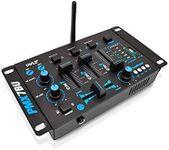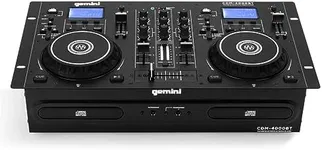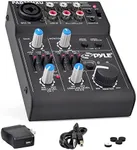Buying Guide for the Best Streaming Mixer
Choosing the right streaming mixer can significantly enhance the quality of your live streams, whether you're a gamer, musician, or content creator. A streaming mixer allows you to control and mix multiple audio sources, ensuring that your audience gets the best possible sound experience. To find the best fit for you, it's important to understand the key specifications and how they align with your specific needs.Number of ChannelsThe number of channels on a streaming mixer refers to how many separate audio sources it can handle at once. This is important because it determines how many different inputs (like microphones, instruments, or other audio devices) you can mix simultaneously. If you're a solo streamer, a mixer with 2-4 channels might be sufficient. However, if you plan to have multiple guests or use several audio sources, you might need a mixer with 8 or more channels. Consider your current and future needs when deciding on the number of channels.
Connectivity OptionsConnectivity options refer to the types of inputs and outputs available on the mixer. This includes XLR, TRS, RCA, USB, and Bluetooth connections. These are important because they determine what kind of devices you can connect to your mixer. For example, XLR inputs are typically used for professional microphones, while USB connections are useful for direct integration with a computer. Evaluate the types of equipment you plan to use and ensure the mixer has the appropriate connections to support them.
Built-in EffectsBuilt-in effects are audio processing features like reverb, delay, and equalization that can be applied directly on the mixer. These are important for enhancing the sound quality and adding creative elements to your stream. If you want to add professional-sounding effects without needing additional software or hardware, look for a mixer with a variety of built-in effects. If you prefer to keep your audio clean and simple, or if you plan to use external effects processors, this feature might be less critical.
Phantom PowerPhantom power is a feature that supplies power to condenser microphones, which require an external power source to operate. This is important if you plan to use high-quality condenser mics for your streams, as they typically offer better sound quality than dynamic mics. If you don't plan to use condenser microphones, phantom power might not be necessary. However, having this feature can provide flexibility for future upgrades.
Size and PortabilityThe size and portability of a streaming mixer can affect how easily you can integrate it into your setup and transport it if needed. This is important for streamers who have limited space or who travel frequently. Smaller, more portable mixers are great for compact setups and on-the-go streaming, while larger mixers might offer more features and channels but require more space. Consider your workspace and how often you might need to move your mixer when making your choice.
User InterfaceThe user interface of a streaming mixer includes the layout of controls, ease of use, and any digital displays. This is important because a well-designed interface can make it easier to adjust settings quickly and efficiently during a live stream. If you're new to using mixers, look for one with a simple, intuitive interface. More experienced users might prefer a mixer with more advanced controls and customization options. Think about your comfort level with audio equipment and how much time you're willing to spend learning to use the mixer.

